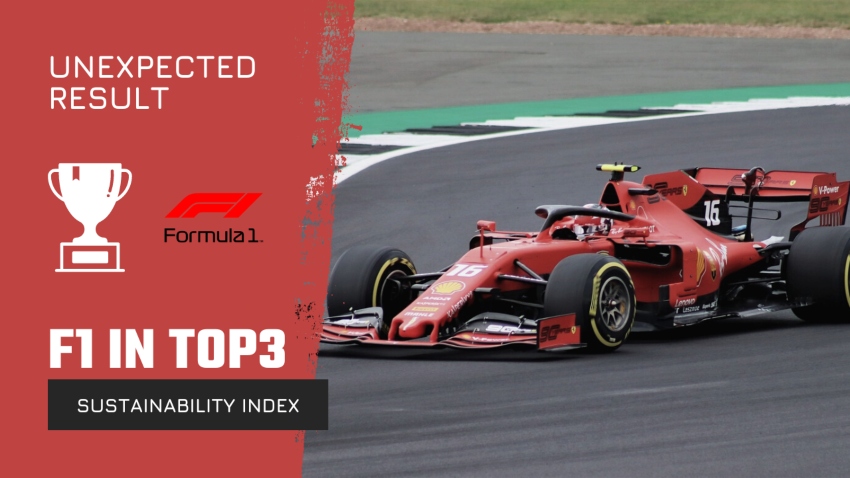Growing number of races or no regionalization of calendar. Despite those and a plethora of other flaws, Formula 1 has been acknowledged champion of sustainability. And, what makes it even better, we are talking about a measurable degree of success. Intrigued? Keep reading and learn more about Sustainable Championship Index (SChI™).
Don’t feel like reading an article today? No problem! Sustainable Paddock is waiting for you on Instagram. 🆕⬇️
One index, 25 performance criteria and 6 areas of sustainability
SChI™ is a one-of-a-kind indicator that measures and ranks the sustainability performance of more than 100 global motorsport championships. 105 to be precise, both two- and four-wheeled.
The rank of those championships depends on performance in 25 performance criteria across 6 broad areas of sustainability. They cover things such as ISO standards, carbon footprint assessment, waste management, sustainability reporting, and more. To see the full list visit this page and simply download the report.
Areas of sustainability, according to which motorsport championships are classified:
- Social criteria,
- Accreditation and Awards,
- Certifications,
- Engagements and Partnerships,
- Environmental criteria,
- Sustainability approach and engagement.
Formula 1 on the podium of the Sustainable Championship Index
Judged against those criteria, Formula 1 scored a remarkable 2nd place with 67/100 points, falling short of Formula E only. So what exactly made F1 a stand-out among the likes of WRC, Indycar, or MotoGP?
First and foremost, sustainability approach and engagement. Formula 1 has done exceptionally well in that category thanks to great progress in purpose-driven stakeholder engagement and partnerships. What hides behind this combination of words is the implementation of sustainable measures at the Grand Prix venues and establishing partnerships focused on sustainability, particularly in automotive industry.
Besides, Formula 1 owes its remarkable result to sustainability reporting. Being more detailed, in 2022, F1 released an ESG Briefing Note which reported on progress that has been made on the targets and objectives set out in the championship’s 2019 Sustainability Strategy.
The success is only one side of the story, though. Formula 1 has still a lot of work to do, according to SChI™ on certifications and accreditations among others. Fans would also have something to say on unavoidable travel that causes additional emissions. In spite of that, the pinnacle of motorsport is only one of three championships with medium-high score in SChI™. Unsurprisingly, Formula E remains single representative of the high sustainability performance category.
Sustainable Championship Index exposed state of sustainability in motorsport
68, more than a half of all championships examined in SChI™, have not yet engaged with sustainability in any meaningful way or have not disclosed their effort. That’s one devastating statistic, which goes on to show that motorsport is far from a perfect place in terms of sustainability performance.
Therefore, even adopting Formula 1’s approach to the topic – imperfect and full of contradictions – would still result in rise of the standards. Rise that due to the state of our fight against climate change is very much in demand.
Let’s have our fingers crossed for that.

Pingback: Sustainable tweak to the Formula 1 cost cap matters